#ENRIITCyourCoffee Season 2: Episode 6 – “The role of Industry in technology development and testing at RIs”
It has become a nice tradition to join the Thursday #ENRIITCyourCoffee episode, with familiar faces and hot cups grabbed just in time to hear this week’s topic. This episode was moderated by Ute Gunsenheimer from European Spallation Source.
Euro BioImaging ERIC is already known to the #ENRIITCyourCoffee audience since Johanna Bischof from the Season 2 kick off episode is also a part of their network. While Euro BioImaging has 25 nodes, 112 imaging facilities throughout Europe, which currently offer 45 technologies, Dr Claudia Pfander emphasised in her presentation that this portfolio is growing. Dr Pfander illustrated nicely in the example of Euro BioImaging what a Research Infrastructure is:
“[Euro BioImaging] enables researchers to access technologies and imaging modalities that are not available to the user either at their own Institute or in their network and among their collaboration partners. Through Euro BioImaging, they can get access to better instruments, that have more add-ons and are better equipped. Researchers can be sure that they get a high quality of service through expert staff and advanced training.”
To ensure the existence of a cutting edge technological park Euro BioImaging uses a two-step-process: showcasing and proof of concept studies. Showcasing is where new technology is suggested (by academics or companies or other) and they have to demonstrate the user need and an operational access model. After evaluation by Euro BioImaging the next step is proof of concept studies where this technology is offered alongside the regular portfolio in selected notes. Once this phase is successful, it becomes a new Euro BioImaging technology. In 2020 Euro BioImaging showcased 6 new technologies.
This process is continuous and involves a great deal of collaboration with private companies. Euro BioImaging offers the companies high visibility and Dr Pfander said that a big part of that is communication about those technologies on their website and social media to quite a large audience.
Michele Barone promptly started the discussion with a question about intellectual property from an ILO perspective: “Who owns what is produced with the new technology?” Dr Pfander replied that at this moment the intellectual property is left to be decided between the imaging facility and the company: “It will be down to the individual institution to enter a collaboration agreement with the company and to negotiate IP rights.” When it comes to patents, though Dr Pfander replied that since the network consists of many facilities of different size and make-up, then at the current stage of this rather young research infrastructure, it would be a complex legal framework to enter.
At this point Ute Gunesnheimer jumped in with her usual sharp-wit and asked the hard question:
“What about the money? How do you make the decision who gets the technology and who’s going to pay for it?”
Dr Pfander responded that Euro BioImaging aims to negotiate the technology for the proof of concept at a reduced price or as a loan and the users pay for fees to access the technology. At the end of the day industry and facilities both contribute.
“What’s the ratio between academic and industrial users then, and who are the ones testing your proof of concept activities?” was another question to Dr Pfander. Her answer was, in short, that it varies a lot between fields and countries: “We have some facilities, particularly in the biomedical field that have up to 70% commercial users on average. We have some facilities that are purely academic.”
Ed Michell (The European Synchrotron Radiation Facility) then chimed in from his picturesque garden with his previous experience of differentiating sales emails from the industry members they do want and can collaborate with. On the ICO side he has developed the sense to identify the collaborators from just electronics suppliers.
The discussion concluded with a real example of ENRIITC in action – Elizabeth Bain from the UK Science and Technology Facilities Council noticed that they have quite a few instruments that they could collaborate with Euro BioImaging and naming already scientists who could be interested.
In summary #ENRIITCyourCoffee episode 6 of Season 2 was a fruitful example of collaboration and networking. Watch the recording below to find out more and join the “#ENRIITCyourNetwork” LinkedIn group to continue the discussion here. Dr Pfanders slides are available here.
The next #ENRIITCyourCoffee session will be on Thursday 11 March 2021 at 15:00 CET, hosted by Elina Griniece, Principal Researcher at the European Future Innovation System Centre. Tune in to discuss “Monitoring and impact assessment of Research Infrastructures” here.
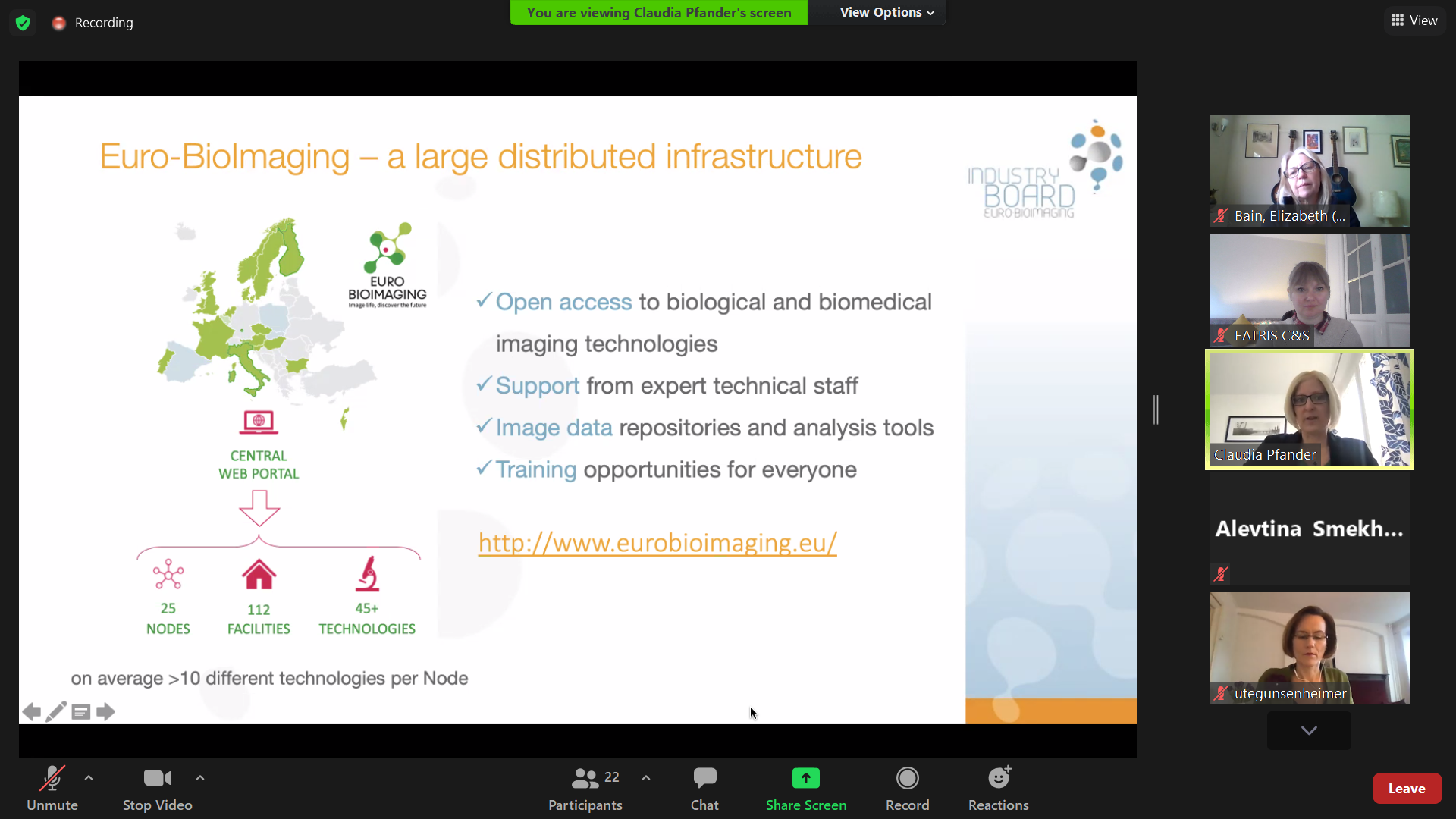
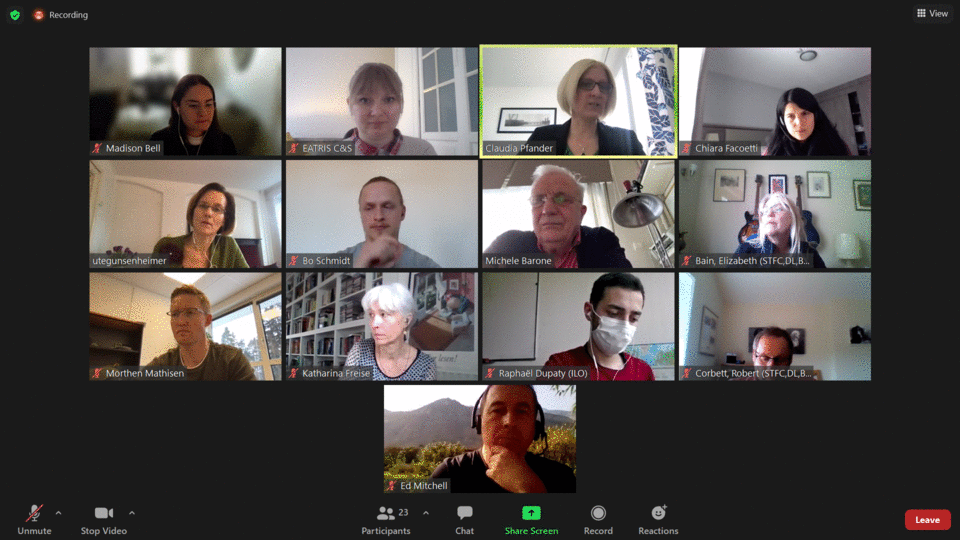
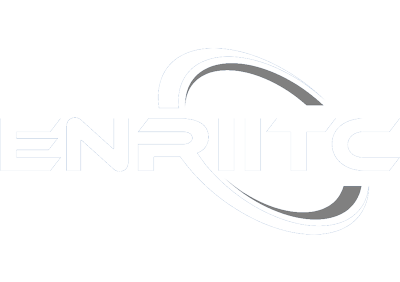
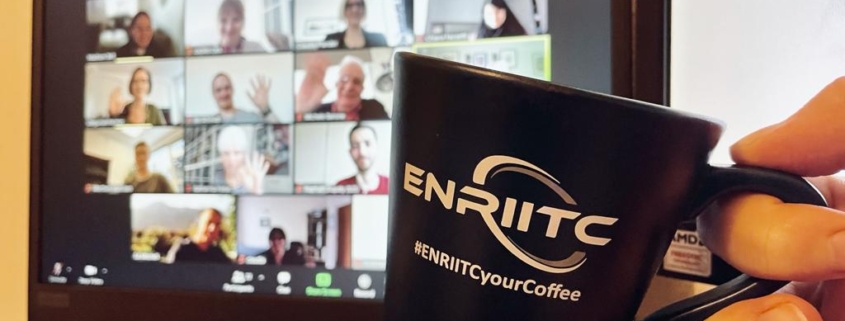



Leave a Reply
Want to join the discussion?Feel free to contribute!